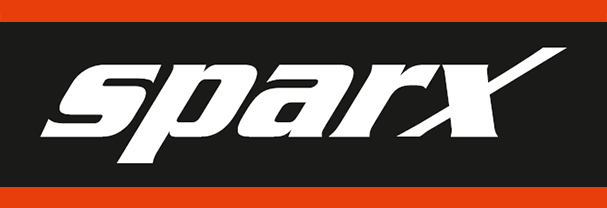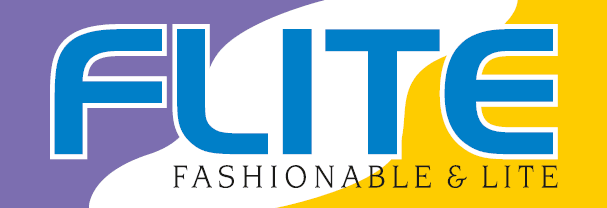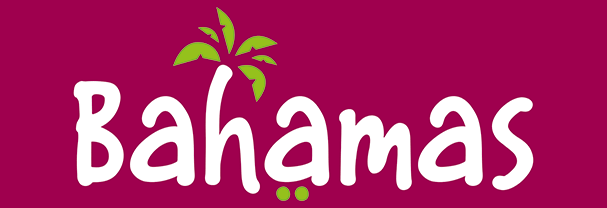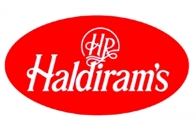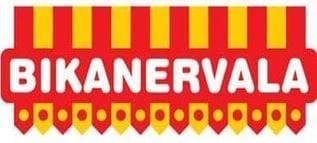Blog
Trademark Laws and remedies in India
According to Section 2 (1) (m) of The Trademarks Act, 1999- ‘mark’ as includes a device, brand, heading, label, ticket, name, signature, word, letter, numeral, shape of goods, packaging or combination of colours or any combination thereof . Section 2 (1) (zb) of the Act defines a ‘trade mark’ as a mark capable of being represented graphically and which is capable of distinguishing the goods or services of one person from those of others and may include shape of goods, their packaging and combination of colours.
A trademark holds great importance as they continue to protect a brand even if other intellectual property rights cease to exist. The intention of a trademark is not to avoid competition; its sole purpose is to create a monopoly for the particular mark itself. It is the tool that prohibits other brands from using the same mark that defines another brand. Thus a registered trademark is a sure shot mechanism for the protection and identity of a particular brand or product.
The purpose of a trademark can be defined under four major heads-
a) It helps the consumer to identify the origin of a commodity
b) It confers the commodity with a brand name and helps in advertising the said product.
c) It offers protection to the customer from being cheated and/ or buying an inferiorly manufactured product that the trademark related to the brand does not represent.
d) It is mutually beneficial to both the brand and the consumer as it helps the brand protect its reputation and it helps the consumer to recognize the brand.
Now that we have defined the meaning and purpose of a trademark, let us take a look at what a violation of a trademark is considered to be. When a trademark of a particular brand is used without the authorization/ permission of the original owner of the brand it is considered to be an infringement of the trademark. Trademark infringement occurs where the use of such mark is without prior permission of the owner of such mark. The use may be of the exact trademark or that of a deceptively similar trademark.
Trademark infringement severely damages the reputation and goodwill of a brand. Law related to trademark infringement is provided under section 29 of the Trademarks Act, 1999. Administrative remedies, Criminal proceedings and civil remedies
My Caring Brands
Brands and Fakes has aligned the capabilities of the service delivery eco system with the industry verticals, so that the Brands under various industry verticals and sub verticals are able to get services from expertise in their specific domains.
 Android
Android










